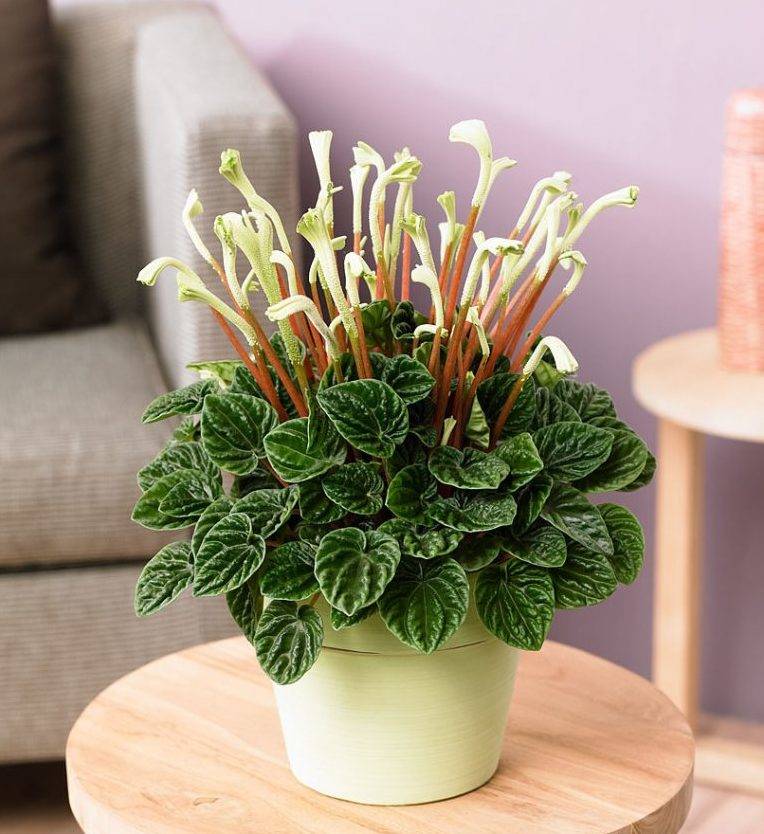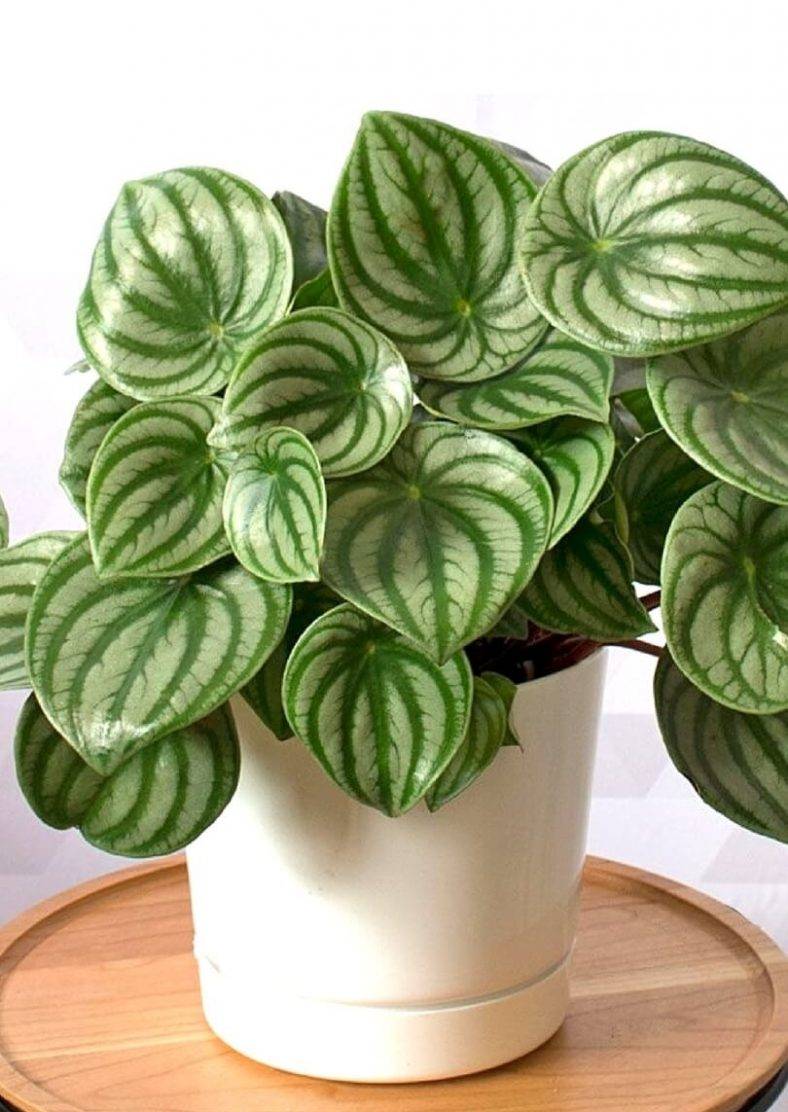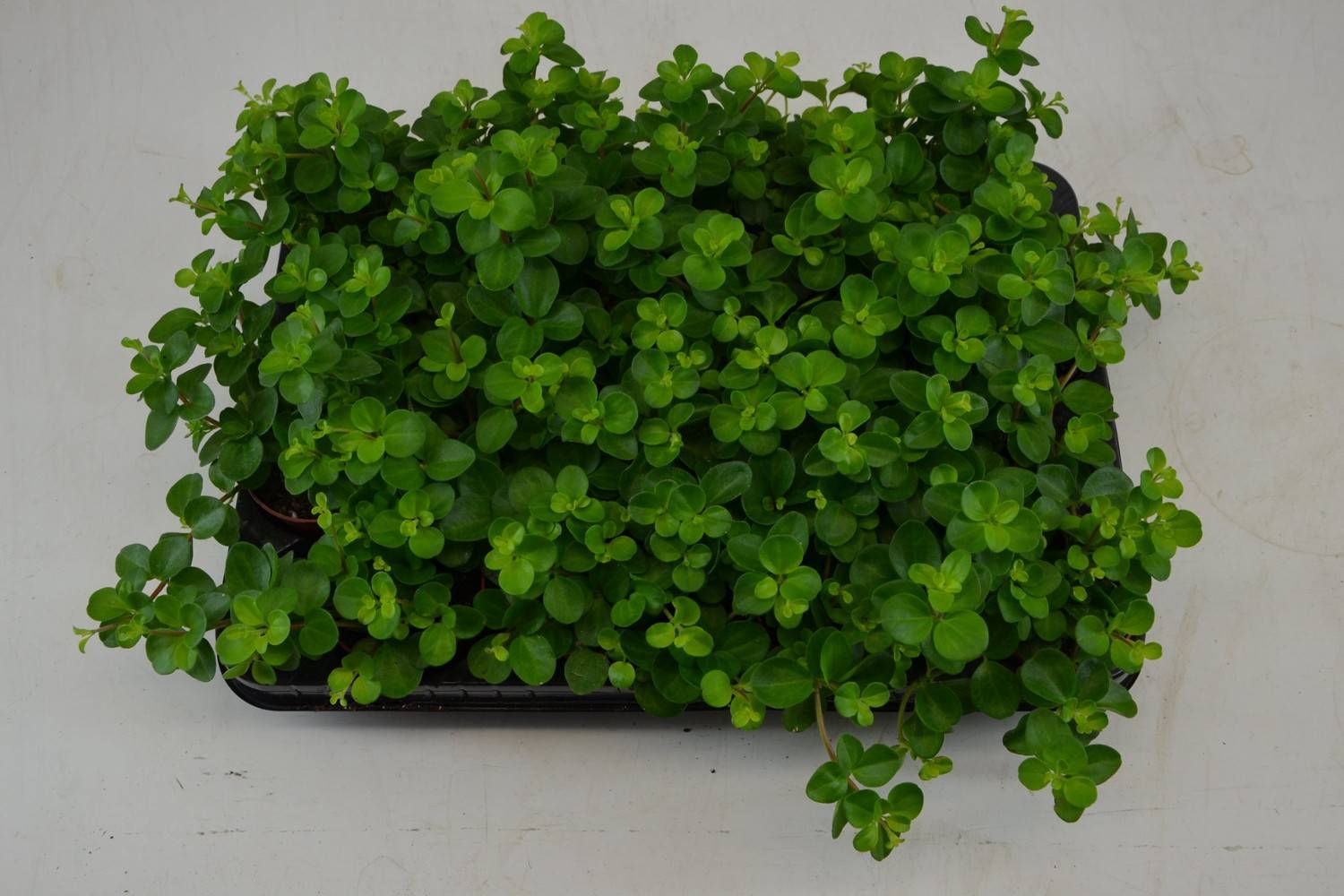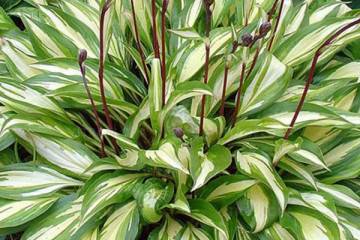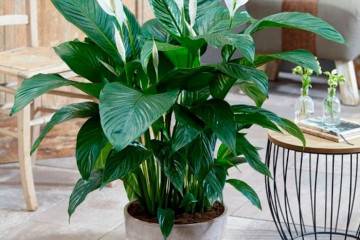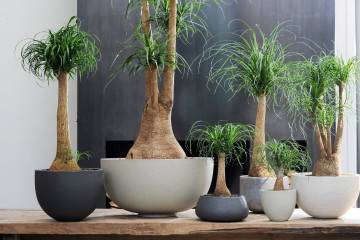Types of peperomia - shriveled, Glabella, multispecked and pereskyely
Content:
One of the amazing representatives of South America is peperomia from the Pepper family. There are over 1000 species and varieties. The name peperomia is derived from its specific scent of foliage of some wild species. If you rub a leaf with your fingers, it begins to exude a distinct smell of pepper.
Description of the flower
It is difficult to compile a generalized description for this flower. The species are so diverse, sometimes completely different from each other. It is either a shrub or a shrub with fleshy green leaves. The varieties are famous for the color of the foliage from dark green to brown, veins of yellow or silver. Leaves are glossy, smooth or pubescent. The bloom does not look very attractive.
Indoor representatives of these exotic species have about 50 species that are completely dissimilar to each other. They were conventionally divided into three groups according to the method of growth: bushy, erect, ampelous.
Bush peperomia: types
The most common in home floriculture are bushy varieties. Bushes are undersized, up to 15 cm in height. The flower looks like a thin yellow spikelet. Because of its interesting flowering, the plant was named mouse tail.
Reddish (Rubella)
A perennial undersized bush thickened with many dark red shoots. Leaves are rounded, oppositely planted. The upper leaf plate is colored light green, and the reverse side of the leaf is burgundy red.
Marble (Marmorata)
Leaves of peperomia marble are rounded with a pointed tip. The surface of the leaves is wrinkled with a silvery sheen. Each leaf has several streaks of dark purple color.
Spotted (Maculosa)
Large ovoid leaves are ovoid, glossy and waxed. The bush has white longitudinal veins along the leaf. This peperomia consists of dense, thick shoots and large leaves that grow up to 15 cm in length.
Peperomia shriveled (Caperata)
The leaves are collected in a tight outlet, so the bush looks like a hat over a pot. The color of the foliage is dark green with a burgundy brown tint. Heart-shaped leaves seem to be corrugated with clear veins. The surface is slightly pubescent with short hairs.
Lilian
Lillian acquired the name peperomia because of the similarity of its inflorescences with lilies. Flowers light green on long peduncles rise above a bush with foliage. The leaves are small, cordate. They are dark green, glossy or variegated waxy. The veins seem to be buried in swollen leaf blades.
Rosso
Leaves of this species grow from a rosette. If you look at the bush from above, they are located in the shape of a star. Large, long, lanceolate leaves are convex with clear veins. The upper part of the leaf is glossy dark green. The reverse side is bright red-burgundy.
Silver, or watermelon (Argyreia)
The extraordinary coloring really resembles small watermelons.The dark green leaves are covered with wide silver stripes. The shape of the leaves is round with a sharp top. Long dense stems form a low bush.
Gray-haired (Incana)
One of the tallest peperomia bushes. The gray-haired beauty reaches 50 cm in height. The leaves are scattered on the stems, they are round with pointed tips. The effect of gray hair is created by the felt edge of the leaf surface.
Erect
The type of erect peperomia is distinguished by the height of thick fleshy stems. On average, the bushes grow up to 50 cm. The color and texture of the foliage is varied and unusual. The bushes look spectacular in a combination of different varieties in one pot.
Magnoliaefolia
The bush up to 35 cm high consists of thick red shoots. They are covered with oval large leaves that are shiny and smooth. The color of the leaves is light green. The veins along the sheet, creating a pattern, are even lighter in tone.
Velvety (Velutina)
Erect dark red shoots form a bush up to 40 cm high. The leaves are velvety dark emerald. Silvery veins along the leaf create a bluish tint of greenery.
Clusiifolia
A voluminous bush grows up to half a meter in height. The leaves are large, 15 cm long, hard. The color of the foliage is bright green, with a purple border around the edges. The whole bush casts a dark burgundy, even ruby color.
Dull-leaved (Obtusifolia)
A popular type of bushy peperomia. Rounded green leaves on short reddish cuttings. The veins are clearly defined on the leaf surface.
Pereskiifolia
Long reddish-brown shoots are covered with narrow elliptical leaves. Leathery hard leaves of dark green color and small, up to 5 cm in length. The leaves are collected in whorls of 3-4 pcs. Peresky peperomia looks like an artificial flower with wooden leaves.
Ferreyrae
Ferreira's very unusual form of peperomia looks like a green fountain. Long light green leaves are very densely arranged on an erect stem. They are narrow and folded in half. This species is referred to as succulents, the greens are fleshy, filled with moisture.
Graveolens
The bush of this peperomia grows up to 25 cm. Fleshy thick red stems. The leaves are large, elliptical, folded in half towards the end. The reverse side of the leaf is bright: red, ruby, burgundy. The top of the leaf is light green. The inflorescences of the bush are unusual yellow spikelets.
Happy Bean
In translation it sounds like "happy bob". The leaves of this species are long and narrow, curled inward. They are similar to legume pods. On the erect stem, the pods of the leaves are very densely located and create a beautiful fireworks display of greenery in the pot.
Chisel (Dolabriformis)
Dolabriformis is a peperomia with an impressive supply of water in the foliage. They are thick and large, reminiscent of dumplings without ruffles on the border. A very unusual color - light green leaves have a dark stripe in the center. The stem can grow up to 60 cm, and the lower leaves grow stiff over time.
Ampelny
Spectacular ampelous exotic plants have the longest shoots, up to 1.5 m. The foliage has a different color and color combination. Leaf sizes also vary. One thing unites all ampelous peperomias - they densely cover the surface of the pot and hang down beautifully.
Round-leaved (Rotundifolia)
Small-leaved peperomia (round-leaved) is also called monofilament.This is a miniature bush with thin creeping shoots. The leaves do not exceed 1 cm in diameter, they are juicy, bright green. The shoots are dense, intertwined.
Whorled (Verticillata)
The ampelous beauty got its name due to the growth of leaves from whorls of 3-4 pieces. The leaves do not have cuttings, they grow directly from brown shoots. Leaves are long rhomboid or oval green with longitudinal veins.
Bighead (Gglabella)
Unusual ampelous head peperomia looks very beautiful in a hanging pot. Delicate fleshy red stems are covered with rounded slightly oblong light green leaves. The veins along the sheet are slightly lighter, therefore they create a pattern.
Creeping (Serpens)
Both a ground cover and an ampel plant are grown. Fleshy stems of red color are densely covered with small oval leaves. The color of greens is both light green and variegated with a light yellow border.
Creeping
A very beautiful view of peperomia. The decorativeness of the bush begins with delicate small red shoots. The leaves are round and grow in size as they grow, so the shoots look like icicles with pointed ends. The color of the leaves is unusual - the dark green surface seems to be broken into fragments by light green veins.
Variegated peperomia of this species has a different color. She has part of the leaves or a whole leaf is discolored.
Features of caring for different varieties
Regardless of the variety, peperomia is afraid of direct sunlight. But the lighting must be to maintain the juicy colors of the greenery of this beauty. Watering is needed in moderation, excess moisture is detrimental to both the roots and foliage. The optimum temperature for exotics is not higher than 23 ° С. In winter, no higher than 20 ° С. The flower does not have a rest period, it pleases with its decorative effect throughout all seasons. The soil for it should be loose and well-drained.
The rest of the care features depend on the characteristics in appearance and the way of growth.
- The pubescent surface of greenery, velvet varieties are sprayed only during the growing season: from March to July. This, for example, applies to home care for wrinkled peperomia.
- Varieties with delicate thin leaves, like Columbian peperomia, need high humidity and frequent spraying.
- Succulent and fleshy leaves need moderate watering, as they are prone to decay with an excess of moisture.
- Peperomia varieties with dense, tough and even hard foliage do not tolerate the drying out of the substrate.
- Creeping and ampelous varieties respond well to pruning shoots. After this procedure, active growth and an increase in greenery are noticeable. This method of stimulating growth is only suitable for young plants.
- Ampel varieties grow well in hydroponics.
- Varieties with dark green foliage should grow on northern windows.
- The bright color of the foliage needs more intense lighting and a long day of light for at least 12 hours.
- Ampel varieties reproduce well by dividing the bush.
- Bushy varieties can be propagated by leaf.
- Erect varieties are easily propagated by cuttings.
- During or after flowering, deciduous peperomia varieties shed some of their greenery. To avoid the loss of decorativeness, as soon as the peperomia blooms, cut off its buds.
- The decoratively flowering variety of Fraser's peperomia does not tolerate stagnant water. It can be watered once every two weeks. The snow-white flowers grow on red cuttings and exude a pleasant aroma.
The types and varieties of peperomia are unusual and so different. All varieties grow remarkably, subject to certain requirements. Peperomia goes well in flower arrangements as an additional landscaping, or as its central part. A variety of species allows you to pick up any exotic in the house.

